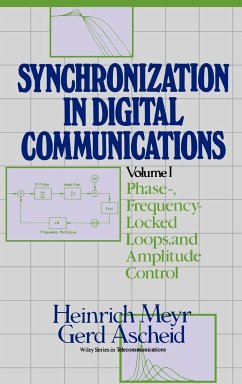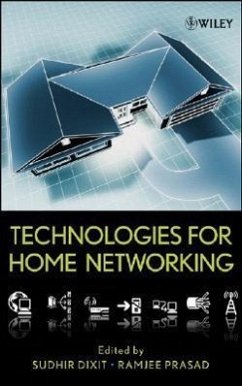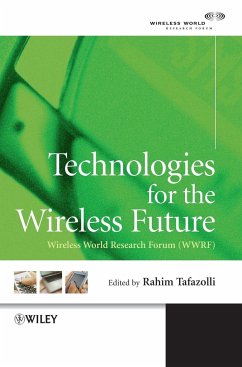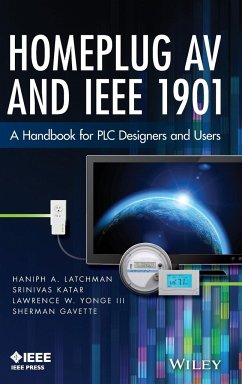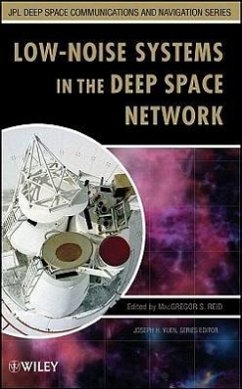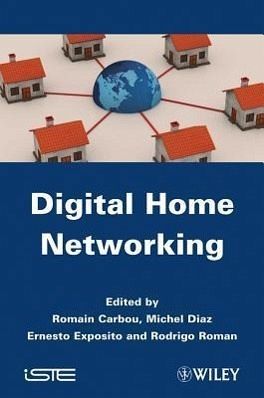
Digital Home Networking
Versandkostenfrei!
Versandfertig in über 4 Wochen
200,99 €
inkl. MwSt.
Weitere Ausgaben:

PAYBACK Punkte
100 °P sammeln!
In an era of ubiquity, nomadism and ecological challenge, the maturity of wireless technologies, the readiness of broadband Internet access and the popularity of smart terminals should contribute to emancipating IT services in connection with the home and home-based resources. This book, in light of several years of applied research and technological surveys, aims at describing the digital home networking environment, its techniques, and the challenges around its service architecture. Digital Home Networking aims to provide a broad introduction to state-of-the-art digital home standards and pr...
In an era of ubiquity, nomadism and ecological challenge, the maturity of wireless technologies, the readiness of broadband Internet access and the popularity of smart terminals should contribute to emancipating IT services in connection with the home and home-based resources. This book, in light of several years of applied research and technological surveys, aims at describing the digital home networking environment, its techniques, and the challenges around its service architecture. Digital Home Networking aims to provide a broad introduction to state-of-the-art digital home standards and protocols, as well as an in-depth description of service architectures for entertainment and domotic services involving digital home resources. The book covers aspects such as networking, remote access, security, interoperability, scalability and Quality of Service. Notably, it describes the generic architecture, which was proposed and developed in the context of the EUREKA/Celtic research project "Feel@Home".



